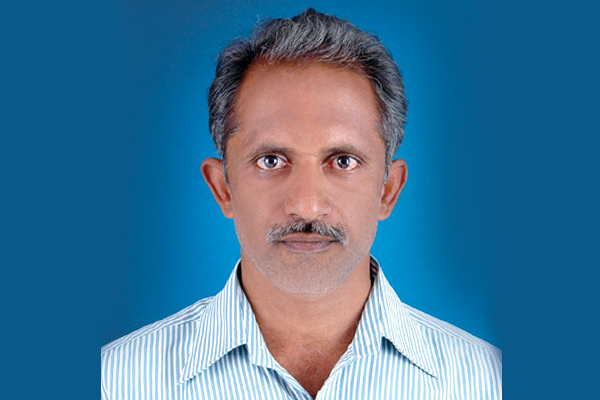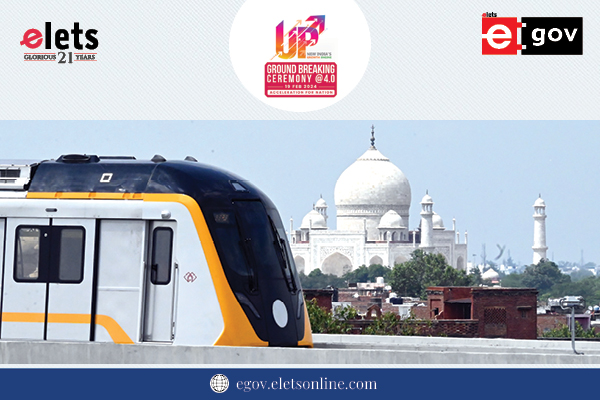
New technologies and conventional methods should be developed to treat leachate and its further disposal into the aquatic ecosystem, writes M Ramakrishna Reddy, Environmental Engineer, Solid Waste Management, Greater Hyderabad Municipal Corporation (GHMC).
Leachate treatment is a part of Municipal Solid Waste (MSW) Management. Leachte is heavy contaminated liquid stage of the waste, formed in solid waste dump site due to water percolating through dump site, mainly rainwater. Its composition varies from one dump to another. In a particular dump, fluctuations depend on short and long-term periods due to variations in climate, hydrogeology and waste composition.
Characterisation of different aged Leachate properties |
||
| Type of leachate | Young (<2 years) | Stabilised (>10 years) |
| pH | 4.5–7.5 | 6.6–7.5 |
| COD (mg/l) | 3000-60,000 | 100-500 |
| BOD/COD | 0.5-1.0 | 0.05-0.2 |
| NH3-N (mg/l) | 10-800 | 20-40 |
| NO3-N (mg/l) | 5-40 | 5-10 |
| SO4 (mg/l) | 50-1000 | 20-50 |
| Cl (mg/l) | 200-3000 | 100-400 |
Generally, leachate possesses high concentrations of ammonia and organic contaminants of Chemical Oxygen Demand (COD) and Biochemical Oxygen Demand (BOD), halogenated hydrocarbons and heavy metals (Pb, Cd, Ni, Cr, Mn, Co, Zn), which are hazardous for health.
“Uncontrolled discharge of leachate might percolate into underlying groundwater aquifers and contaminate the surface water and groundwater in addition to ecosystems and public health.”
In addition, leachate usually contains high concentrations of inorganic salts (mainly sodium chloride, carbonate and sulphate) and is dependent on the composition of dump site waste. Dump site capping is, therefore, very important for minimising the leachate quantity.
Uncontrolled discharge of leachate might percolate into underlying groundwater aquifers and contaminate the surface water and groundwater in addition to ecosystems and public health.
Leachate treatment is done either through biological or physical/chemical means. Because of the multiple characteristics of leachate, one single method may not be sufficient to produce the ideal result. To have a better treatment performance, an integrated system is used which combines the two methods. New technologies and conventional methods should be developed in order to be environmentally and financially attractive and to treat the waste water in the aquatic ecosystem.
Several countries and regions have their own leachate discharge standards. The leachate samples are collected at four different times in a year, which can be categorised into summer and winter months.
Be a part of Elets Collaborative Initiatives. Join Us for Upcoming Events and explore business opportunities. Like us on Facebook , connect with us on LinkedIn and follow us on Twitter, Instagram.











